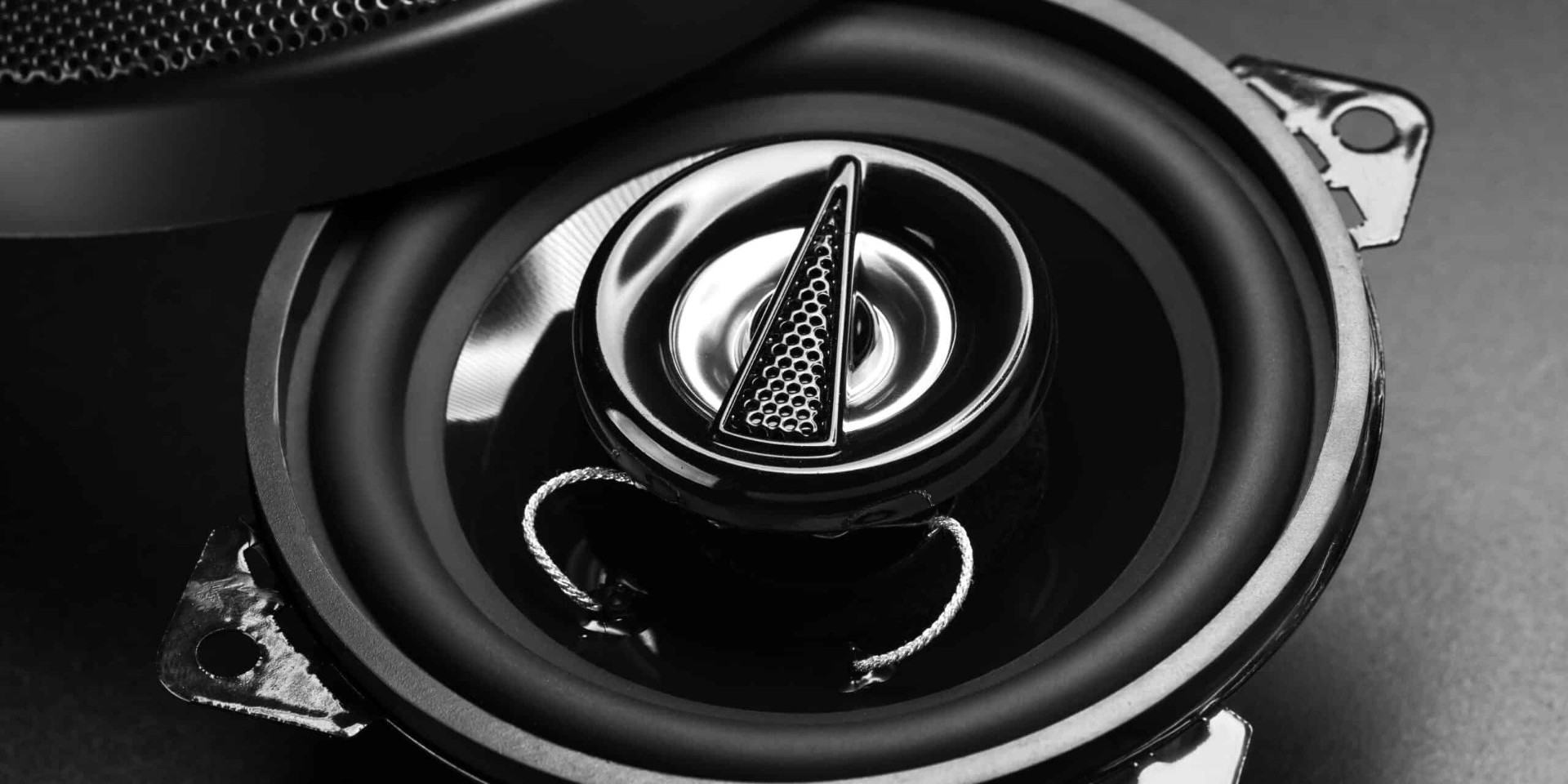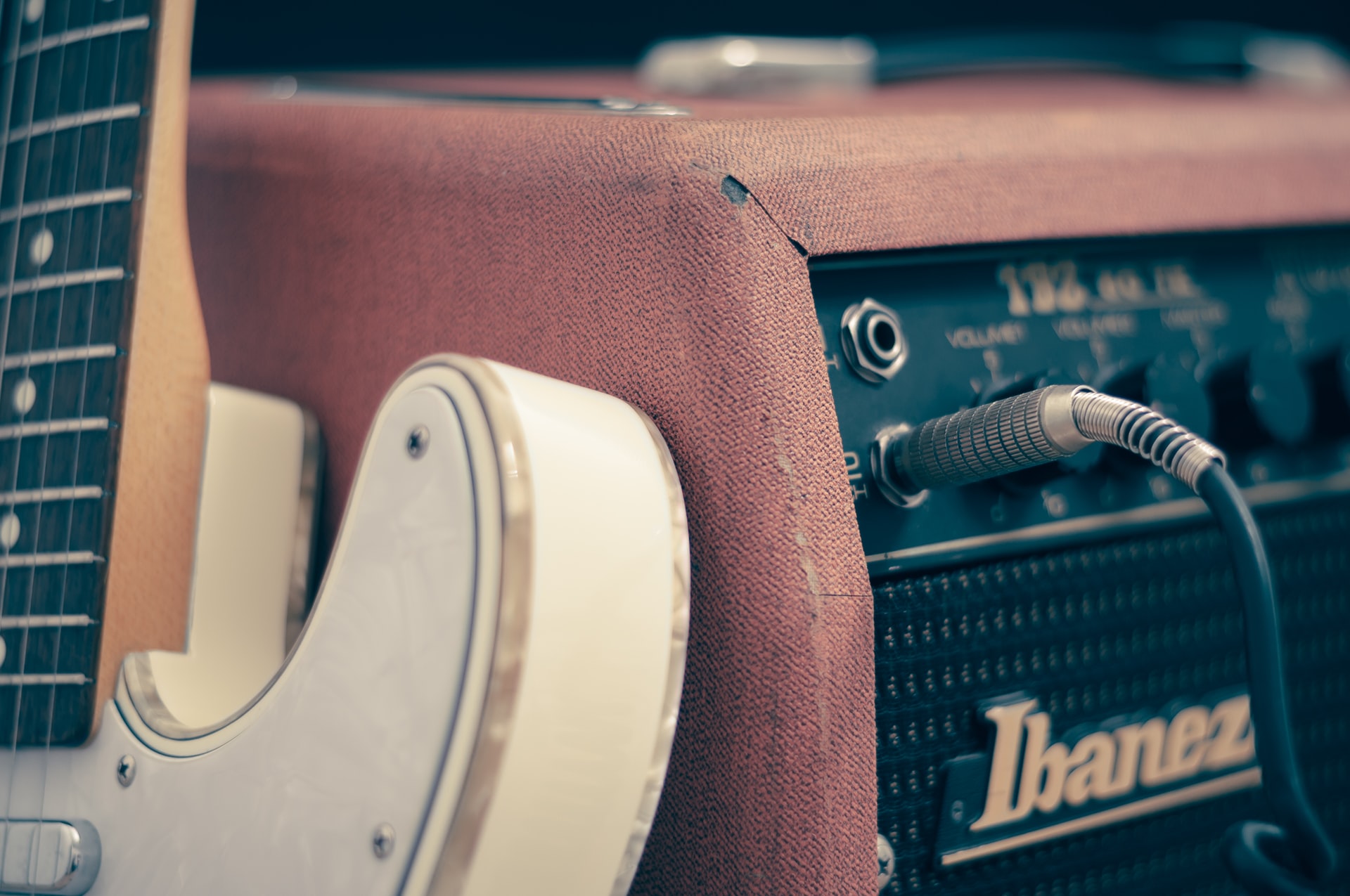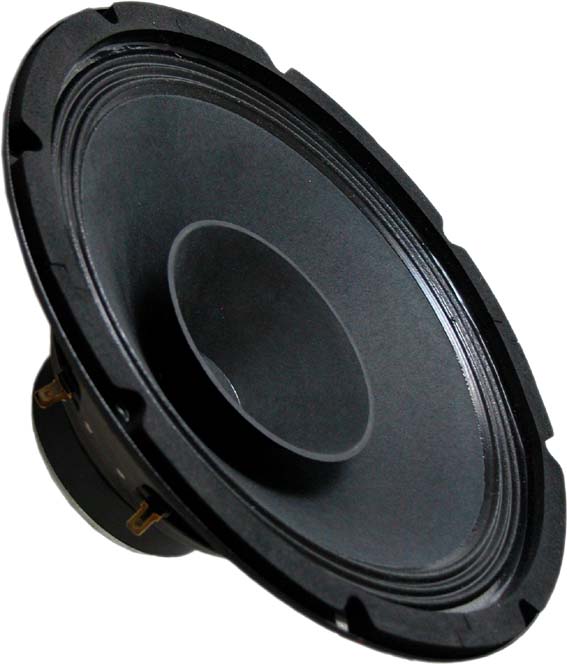Contents
While assembling audio setups, people must pay attention to a wide range of issues and impedance is one of them. That means topics about impedance ratings such as 8 Ohms vs. 16 Ohms usually catch the interest of audiophiles around the globe. Unable to make you up your mind once it comes to impedance ratings of your sound systems and could use some help? In that case, you should find my article helpful.
Insights Into The Speakers
| 8 Ohms | 16 Ohms | |
| Current | High | Low |
| Volume | High | Low |
| Tone | Warm and thick | Bright and clear |
| Setup | Suitable for single-speaker setups | Suitable for multi-speaker setups |
8 Ohms Vs. 16 Ohms: Analysis
Current And volume
All in all, 8 Ohms is a relatively low amount of impedance so 8-Ohm speakers put up insignificant resistance against current flow. Unsurprisingly, amps connected to 8-Ohm speakers will lose little power in use which guarantees high volumes in most of the cases. Meanwhile, 16-Ohm speakers possess higher impedance than 8-Ohm ones so resistance to the current flow of the former is higher than the latter. As a result, amps connected to 16-Ohm speakers tend to have low volumes but they still remain adequate.
Tone
The low impedance of 8-Ohm speakers allows them to produce a thick and warm tone ideal for a number music genres. For instance, blues players often benefit from the tone of 8-Ohm speakers as it complements the music style. In the case of 16-Ohm speakers, their high impedance leads to a bright and clear tone. Needless to say, 16-Ohm speakers prove popular among people who care about clarity and articulation.
Availability
Today, 8-Ohm speakers have excellent availability and their compatibility is by all accounts tip-top. Thus, you should be able to pick up 8-Ohm speakers as well as associated accessories with relative ease. About 16-Ohm speakers, things may get a bit tricky here and there as you must take measures to prevent overload. However, as long as you arrange your audio setup logically, your 16-Ohm speaker will perform to their full potential.
How To Choose Between Speakers
Amps
Take a look at the specs of your amp and determine the impedance range that it can handle. After you finish, make sure that other components of your audio setup fit the impedance range of your amp. Ideally, all components should have the same impedance rating to minimize the odds of them overloading each other. The combined impedance of multiple speakers affects the final load on an amp as well so keep that in mind.
Here is an example: If you have an 8-Ohm amp going into a 16-Ohm speaker, it may overload the speaker since it delivers nearly double the current the speaker can handle. Noteworthily, the load of two 16-Ohm speakers connected in parallel is comparable to that of an 8-Ohm speaker.
Tone
Impedance influences current which in turn modify the tonal characteristics of the output sound. It’s a good idea to take into account your music style, genre and tonal qualities then decide accordingly. The thick and warm tone of 8-Ohm speakers work best for rock and blues while the bright and clear tone suits jazz. Relying on theory alone is not enough though so feel free to listen to audio samples and learn which one meets your desires.
Experimentation And Consultation
To put it plainly, it won’t hurt to resort to experimentation as you attempt to build your ultimate audio setup. Try out both 8 and 16-Ohm speakers to get to know their performance before drawing conclusions. Besides that, you always have the option of consulting guitar technicians, experienced musicians, audio engineers and so on. Regardless, remember that amp and speaker brands regularly suggest impedance matching and that is a practice.
Connecting Speakers To Amps: Considerations
Amps
Once it comes to amps, you ought to give input and output impedance some thought. Various modern amps have adjustable input impedance so you should match the input and the output. By doing so, you will preserve the quality of your sound and achieve the best tone following amplification.
Depending on the situation, you can set the amp so its impedance is higher than the speaker for reduced power. Refrain from setting the impedance of the amp too low though as that is going to fry the speakers.
Speakers
Similar to the amps, do your best to match your speaker and your amp since an imbalance in impedance will ruin the tone and cause damage to the speakers. If you have multiple speakers, calculate their total impedance and invest in a suitable amp. Connecting speakers in series increases their cumulative impedance while parallel connections reduce it. Quite a few effect pedals on the market will take on standard guitar signals, smoothly but they might affect the overall impedance of your setup.

Hi music fan! I am Jeff. Hope that you enjoy some stuff I shared here in my personal blog.
About myself, Currently I am in charging as Artist Manager/Music Supervisor at 72 Music Management. I did managed album to Grammy Award in 2017 with 7 Nominations from 2014-2020 and had the opportunities to work with : A.J. Croce, Blind Boys of Alabama, Bobby Rush, Dom Flemons, Dustbowl Revival, Sarah Grace
Governor of the Memphis Chapter of The Recording Academy is one of a award that I am lucky to achieved.



